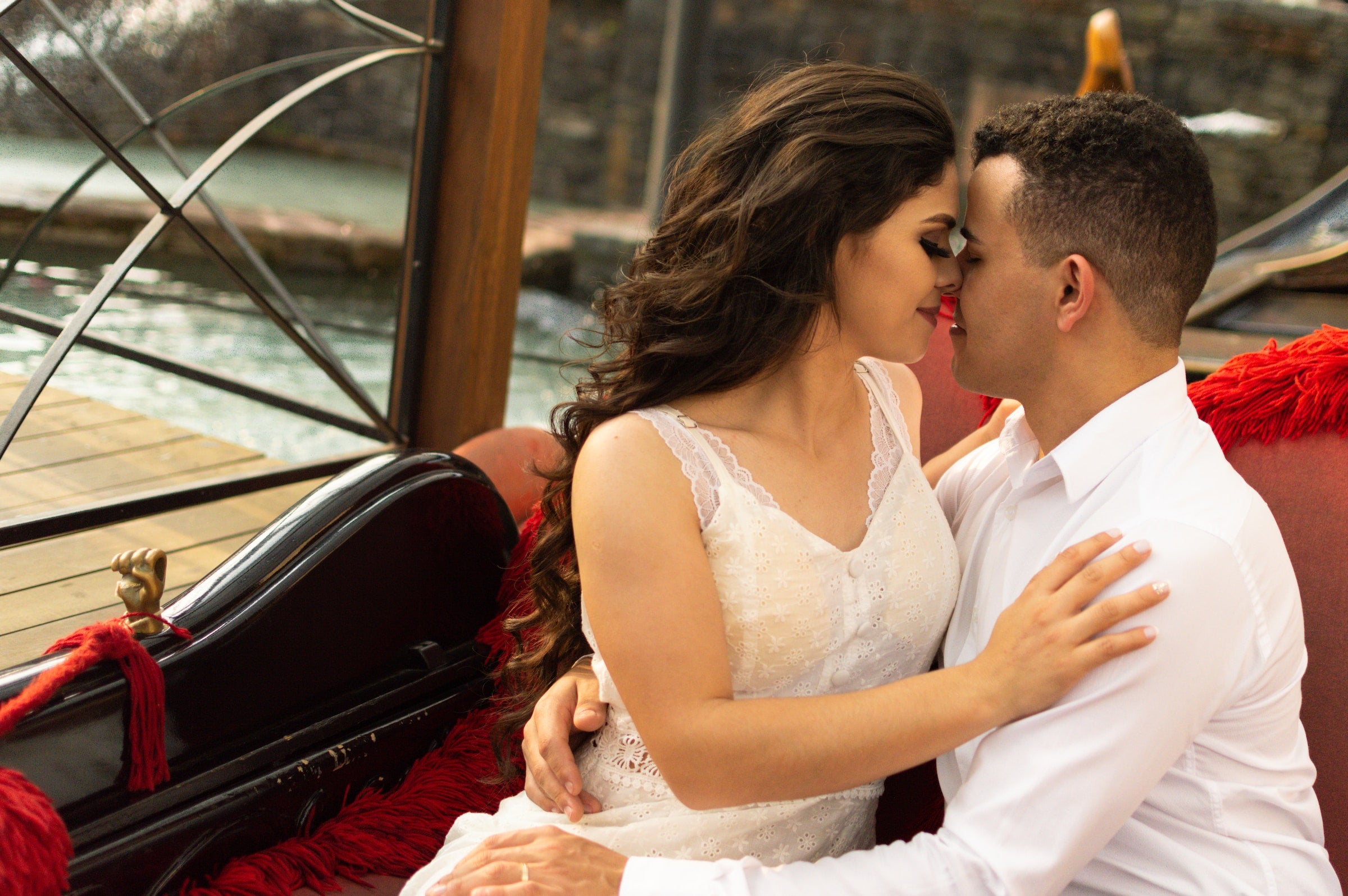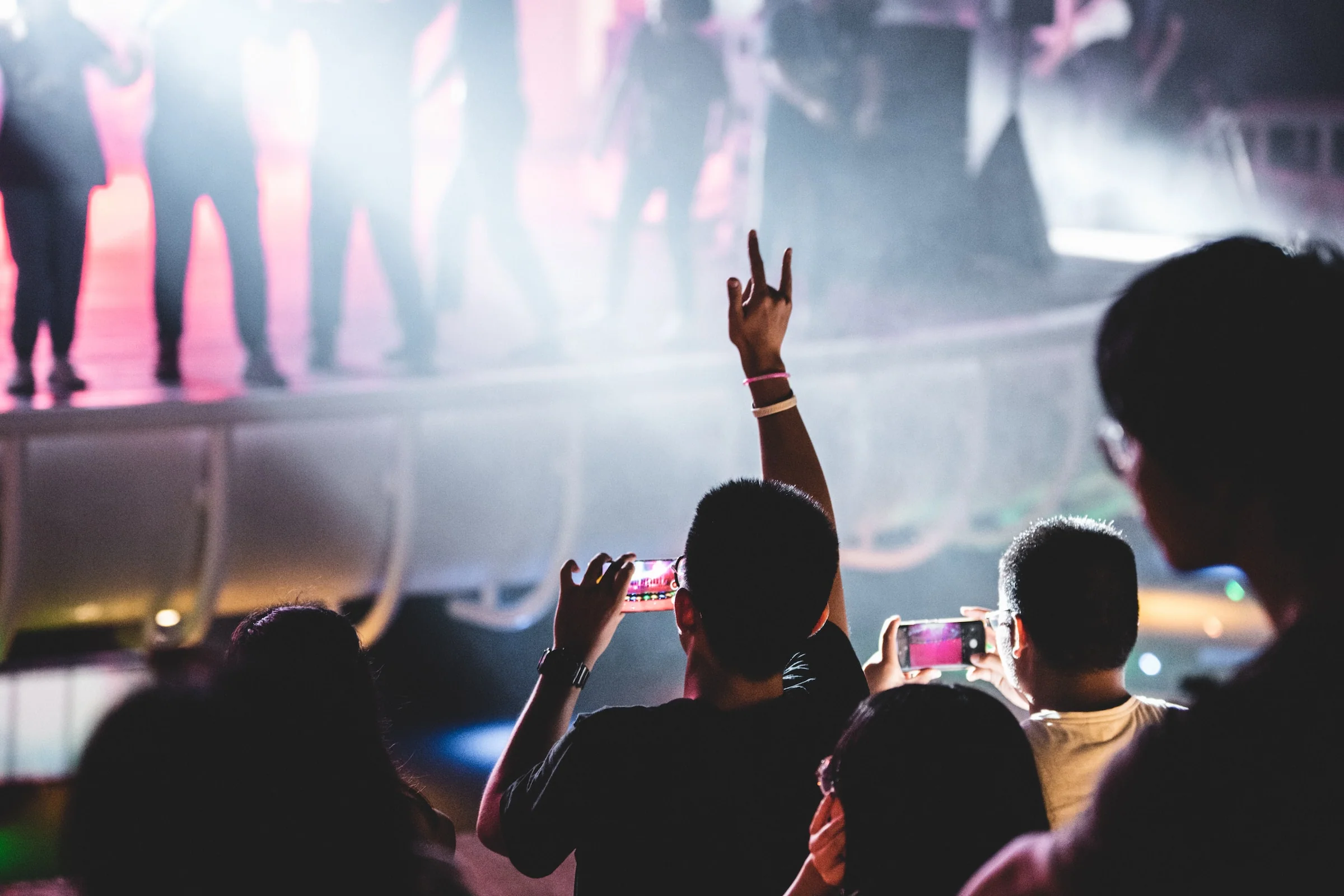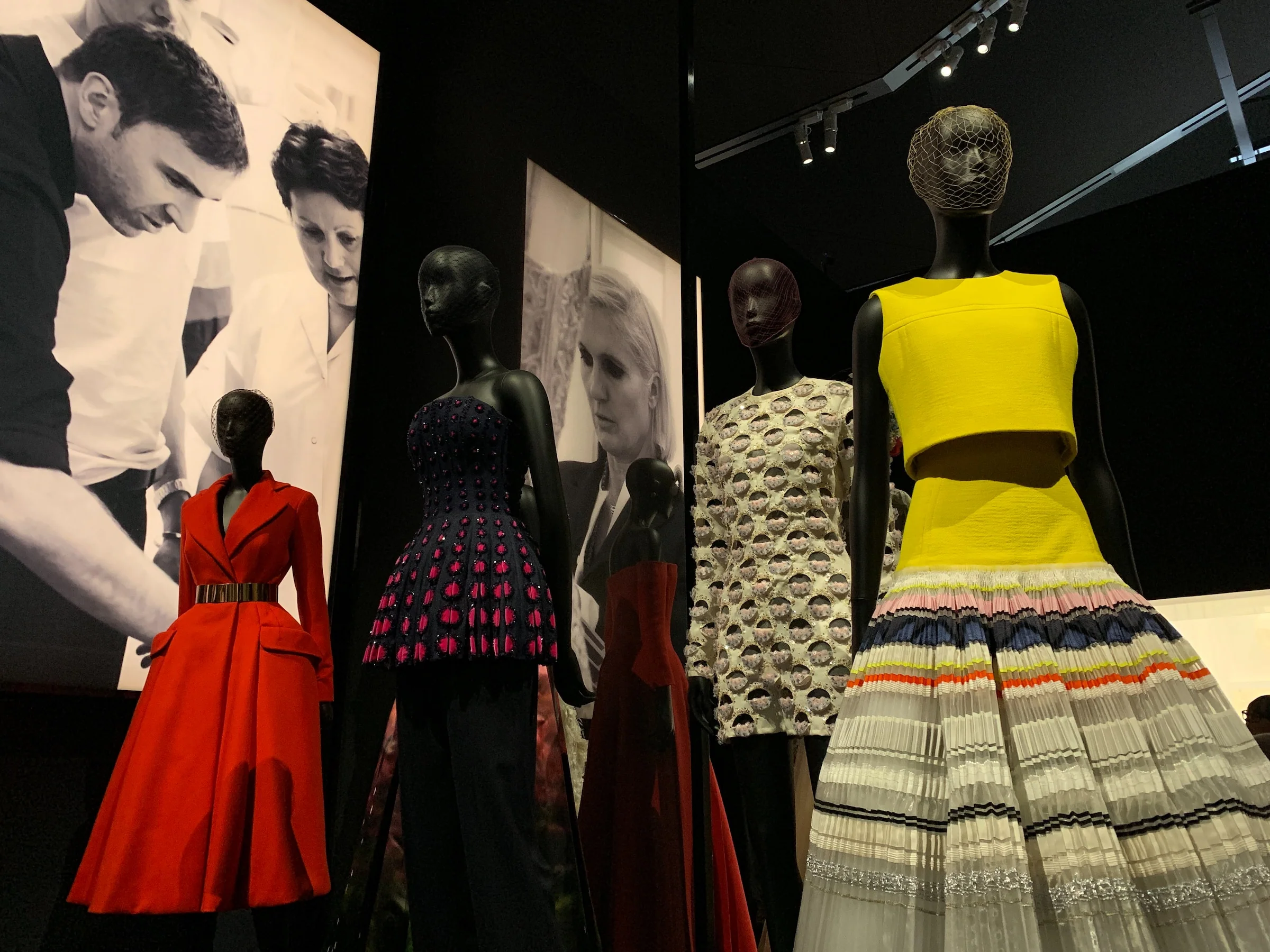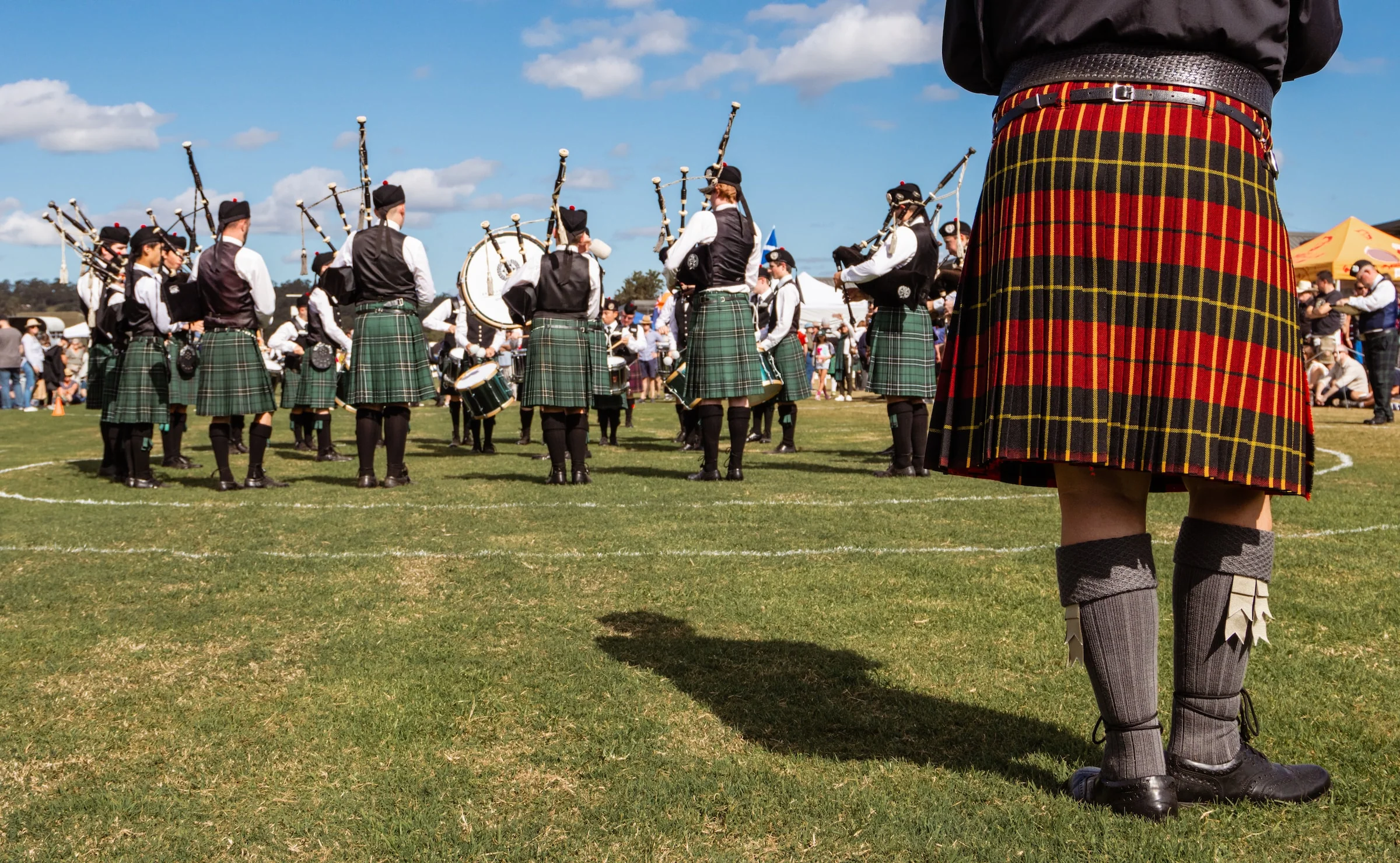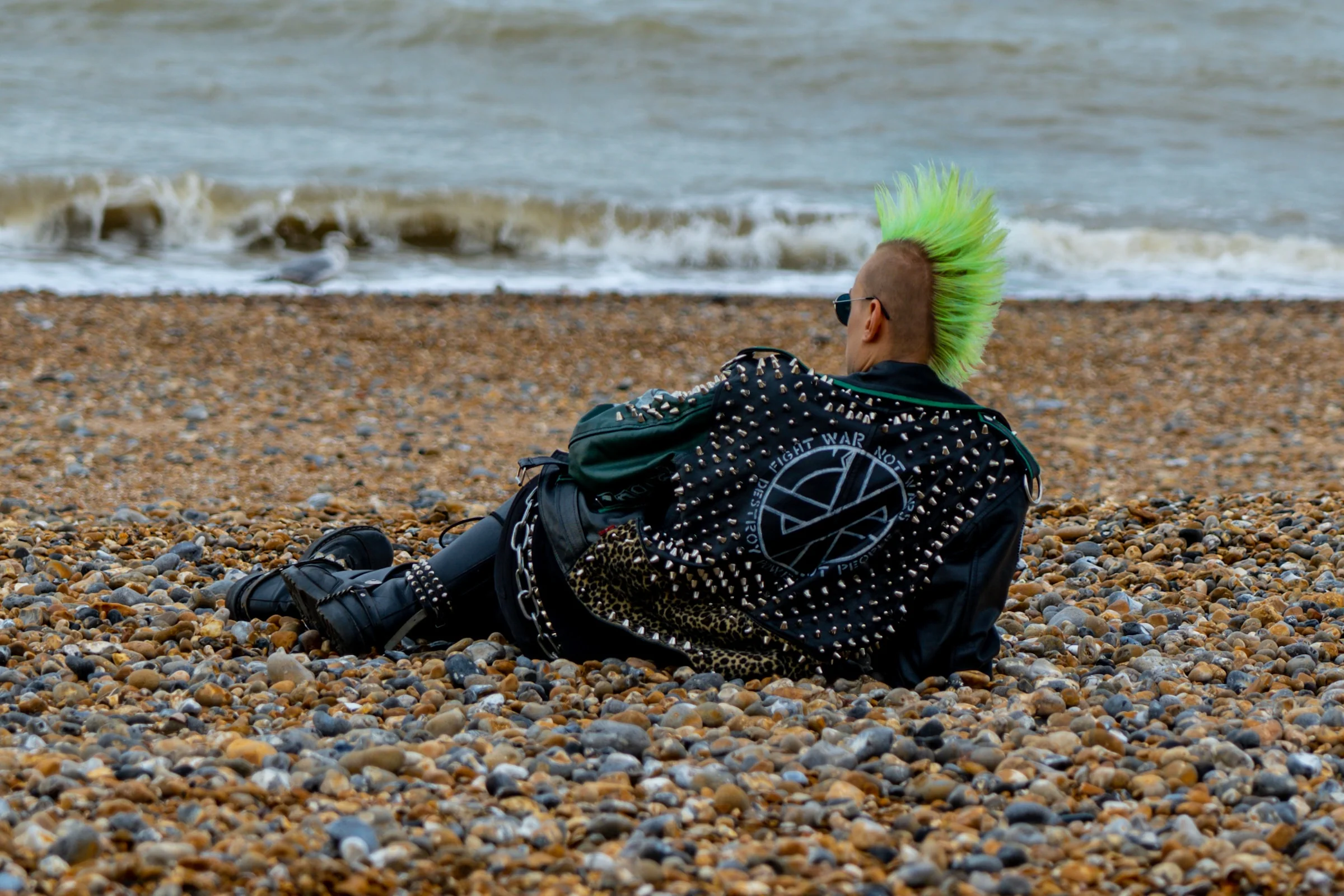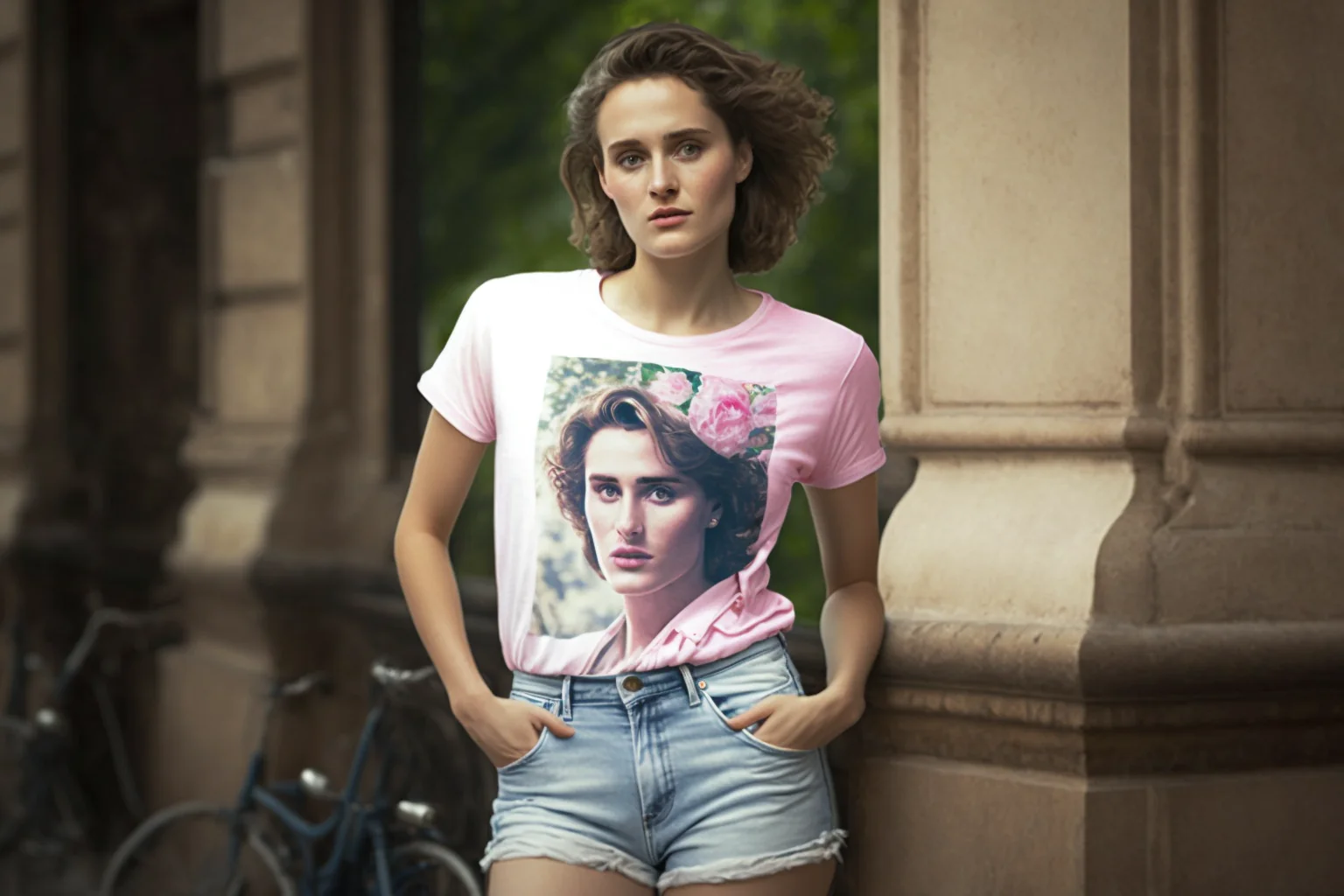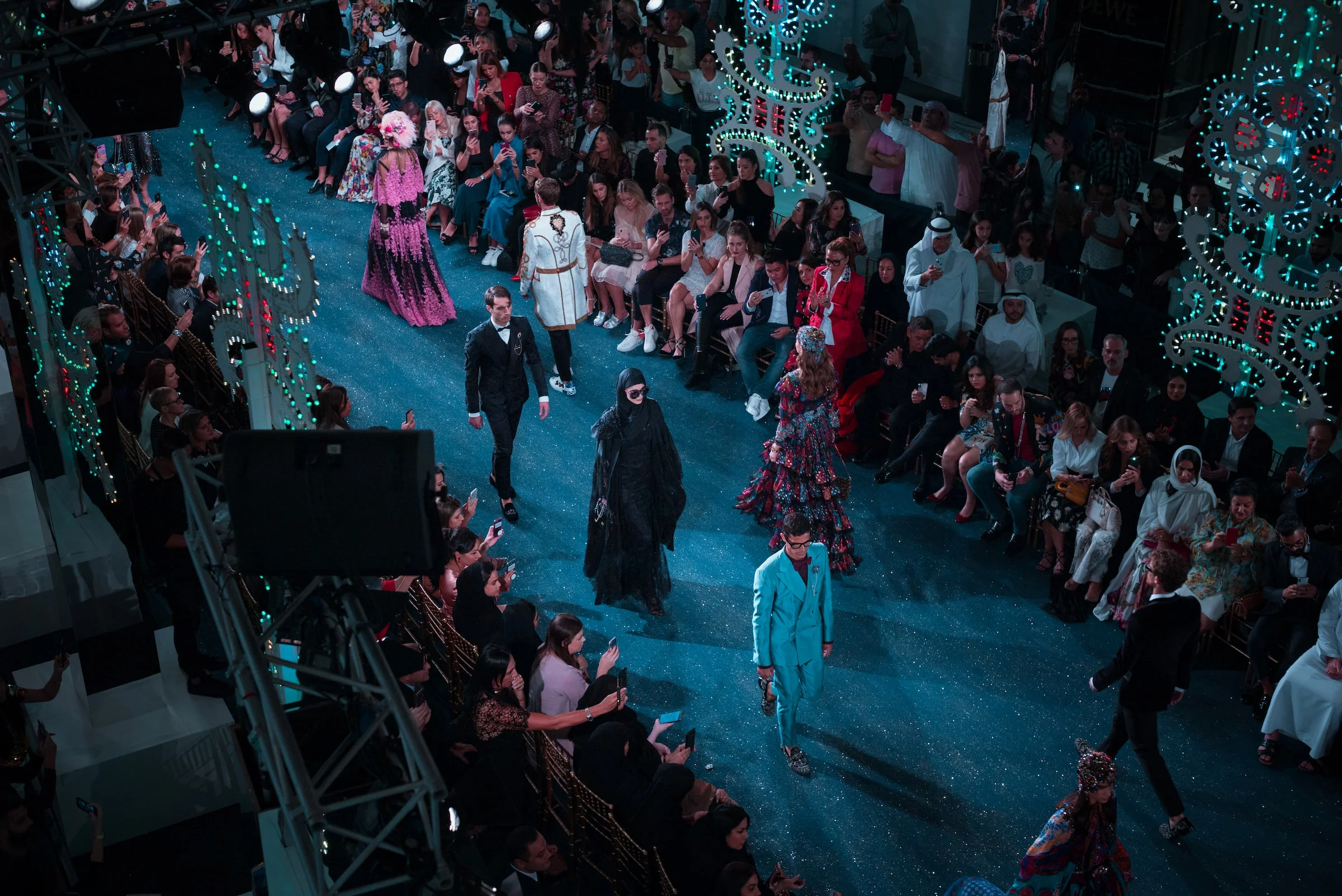What do Muslims Wear?
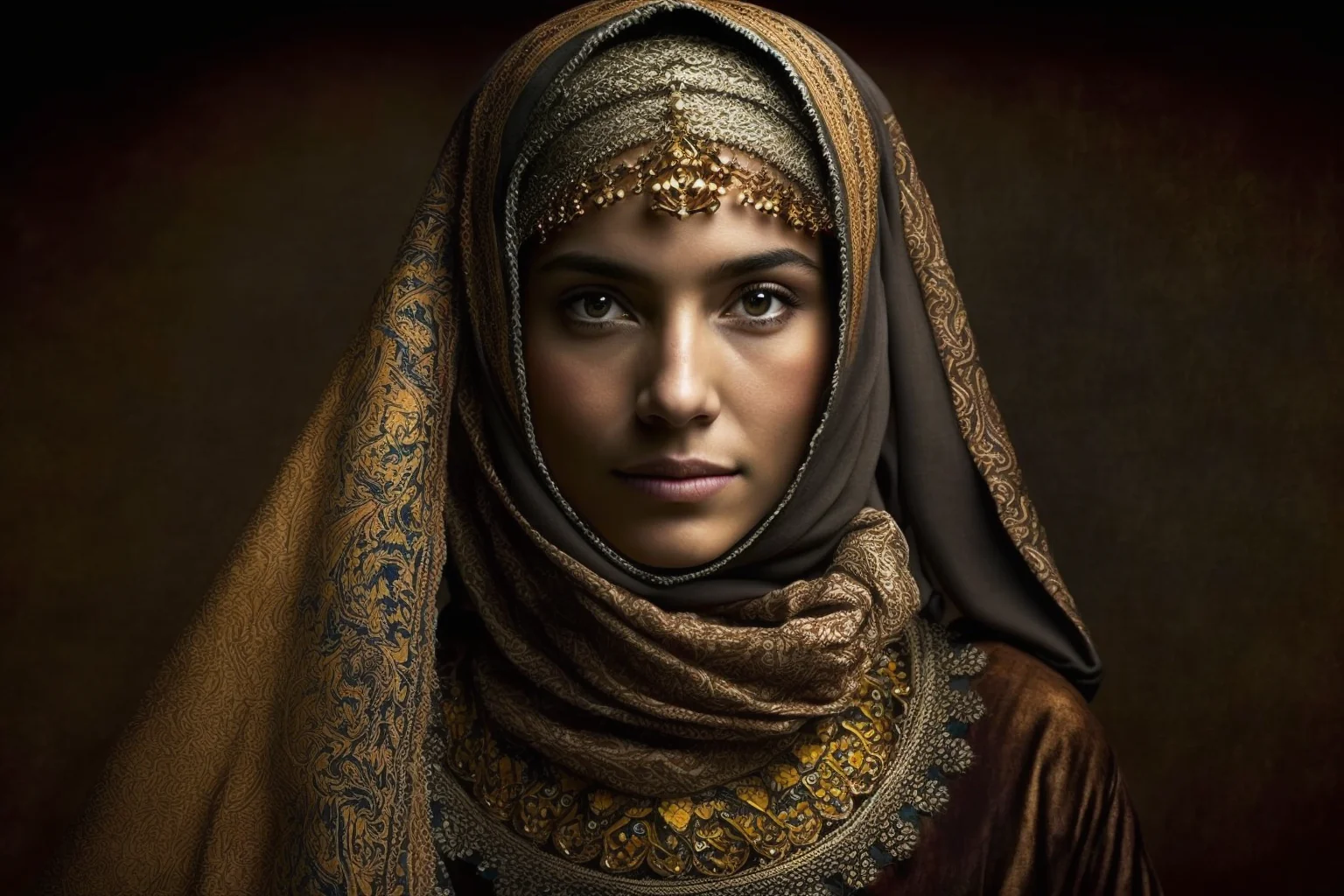
Muslim clothing is a term used to describe clothing worn by Muslims, who live in many different countries. Muslim clothing can vary greatly from region to region and country to country, but there are some common themes that most Muslims adhere to when it comes to dressing.
Elements commonly found within Muslim fashion include modest skirts or trousers that reach below knee length; these often have pleats or slits up one side so they don’t look too bulky. Tops tend to be form-fitting without exposing any cleavage lines; blouses with high collars are popular options here since they offer full coverage without appearing too constricting on women’s bodies.
Why do Muslims Wear Veils?
A Muslim’s attire typically includes an abaya or jilbab (a loose-fitting outer garment) and a hijab (head covering).
The abaya is usually long and black, though other colors may be seen in certain regions of the world. It generally covers the whole body except for the hands and feet, as well as sometimes includes a face veil.
The hijab is a piece of cloth that covers the head and neck area; it also may include part or all of the face depending on where it is being worn. In some places around the world, hijabs come in bright colors with intricate patterns while in others they are plainer.

When it comes to wearing veils, many women feel empowered wearing them because it allows them to be seen for their inner beauty and character rather than just their physical appearance, which is something we can all appreciate.
Secondly, it’s a way to connect with their faith. It’s like a spiritual reminder to live according to the values of Islam. And lastly, it can also be a form of cultural expression and identity. Just like wearing a traditional outfit, it allows Muslim women to proudly display their heritage and customs.
For men, Islamic dress includes traditional thobes which are ankle-length garments made from lightweight fabrics like cotton blend materials; these often feature intricate embroidery along sleeve cuffs as well as down chest panels so men can express themselves through stylish designs even while wearing more conservative outfits than usual standards require them too.
What is Islamic Dress Code?
When discussing traditional attire for Muslims, the first thing that comes to mind is the thawb. Also known as an “ankle-length robe”, this iconic piece of clothing is widely associated with the Islamic faith and can be seen worn in many parts of the world.
The kufi is another common item of clothing worn by many Muslims around the world. This skullcap has been around since ancient times and was originally designed to keep hair off one’s face while praying or performing rituals. Today it serves both religious and cultural purposes; some may even choose to wear it as part of their daily wardrobe regardless if they practice Islam or not.
Hijab – which literally means “covering” – is perhaps one of the most recognizable items associated with Muslim women’s fashion worldwide. Hijabs come in all sorts of styles including wraps, scarves, and long robes; however, their purpose remains unchanged: modesty within public spaces at all times irrespective of gender identity or religious affiliation.
Muslim Clothes: Protecting and Showing Their Faith
Depending on the culture, religious groups, and region, many different types of clothing may be considered appropriate for Muslims. Generally speaking, traditional Islamic dress is loose-fitting and covers the body from head to toe.
One item of clothing that is often seen in Muslim countries is the jilbab – a large over-garment worn by women which covers their entire body with only their face showing. This garment serves as an expression of modesty and can also be used as protection against harsh weather conditions. The khimar is another common item of traditional Muslim dress; this headscarf typically covers all or most of a woman’s hair but leaves her face visible.
Some men will also opt to wear a turban or topi cap on special occasions such as weddings or funerals; these items are usually made out of cloth wrapped around the head in various intricate designs according to local customs.
Modest Dress Code
The Muslim faith requires modesty when it comes to clothing and the way one presents oneself. One of the core tenets is that women should dress modestly in loose-fitting clothes, so as not to draw attention from men. This means avoiding tight or revealing clothing such as short skirts, tank tops, shorts, or low-cut blouses. Women are encouraged to wear long dresses, tunics, and scarves known as hijabs which cover their head and chest area.
In addition to dressing modestly on a daily basis, there are other special occasions where more elaborate traditional outfits may be worn for religious holidays or ceremonies such as weddings. For these events, many Muslim women opt for brightly colored abayas (loose outer robes) with intricate embroidery along with decorative headscarves called shalas.
Muslim communities throughout the world express themselves through different styles of clothing while still adhering to Islamic standards of modesty – even if they differ between countries and regions. No matter how Muslims choose to express their personal style, adherence to modesty remains an important part of their faith no matter what they wear in public life settings.
Why do Muslims Cover Their Heads?
Head coverings are an important part of Muslim clothing. For women, this usually takes the form of a hijab, which is a scarf that covers the head and neck but leaves the face visible. The purpose of wearing this type of head covering is to maintain modesty and privacy in accordance with Islamic law. In some countries, hijabs are compulsory for all female citizens; however, in other countries, they are only worn voluntarily by those who wish to do so.
Men may also choose to wear a variety of different styles of headscarves or hats as part of their outfits. These can range from traditional turbans or kufis (skull caps) to more modern baseball caps or beanies. Regardless of style choice, these items serve both practical and religious purposes – providing protection from weather elements while simultaneously maintaining modesty as required by the Islamic faith.
Street Style
Street style has become increasingly popular in recent years, and Muslim fashion is no exception. Streetwear for Muslims is all about making a statement with comfortable yet stylish pieces that provide full coverage. Many streetwear items include longline coats, wide-leg trousers, lightweight hijabs, and modest tops.
A trend that many Muslim women are embracing is the ability to mix and match different elements of traditional dress with modern trends such as oversized T-shirts or cropped jackets.
How Non-Muslim Women Style and Wear a Hijab?
Non-Muslim women have been experimenting with the hijab, a traditional head covering worn by Muslim women, in new and creative ways. Some women choose to wear a hijab as a fashion accessory, incorporating it into their daily outfits to create a unique and stylish look.
Others wear the hijab as a form of solidarity with Muslim women, using it as a way to show support for their community. Still, some women wear the hijab as a way to learn about and understand different cultures and traditions.
However, it is important to remember that the hijab holds a significant religious and cultural meaning for Muslim women, and wearing it without understanding its cultural significance can be seen as disrespectful.

Ultimately, the way non-Muslim women choose to wear the hijab is a personal choice, but it is important to approach it with sensitivity and respect.
To Sum It Up
In conclusion, the style of dress among Muslims is diverse and can vary depending on culture, geographic location, and religious interpretation.
Muslim men are required to dress modestly, covering from the navel to the knees.
While Muslim women wear clothing that covers their entire body, including the face and hands, as per the dress rules.
However, the majority of Muslim women do not wear the burqa or niqab, and wearing a head covering is a personal choice based on individual piety and cultural traditions. Despite the differences, the adornment of clothing for both Muslim men and women is seen as a way to reflect their religious identity.
The number of women who wear face-covering veils is a small minority among Muslims, but their clothing choices are often scrutinized and politicized by the media and non-Muslims. Ultimately, the decision to cover one’s body is a personal choice based on faith and cultural tradition, and it is important to respect the diversity among Muslims and their style of dress.
People Also Ask
What clothing are Muslim women required to wear?
Muslim women are required to dress modestly and cover their bodies in loose-fitting clothing, which includes a headscarf called hijab. The Quran instructs Muslim women to cover their entire bodies except for their faces and hands.
Are Muslim men required to dress a certain way?
Yes, Muslim men are also required to dress modestly and cover their bodies. Islam teaches Muslim men to dress modestly, and some interpret this as requiring them to cover from their navel to their knees. However, the dress rules for men are generally less strict than those for women. The Prophet Muhammad instructed both men and women to cover their bodies, and Islam encourages men to dress in loose-fitting clothing as well. While men’s clothing does not have the same level of elaboration as women’s clothing, it is still important for men to dress in a dignified manner. Wearing see-through clothing or clothing made of gold or silk is frowned upon in Islamic culture, and this is closely associated with immorality.

Why do Muslim women cover their hair?
The practice of covering the hair for Muslim women is based on the teachings of the Quran, which instructs them to cover their bodies. The headscarf, or hijab, is seen as a way to protect women from the male gaze and maintain their modesty. It is also a symbol of piety and devotion to God.
Are there differences in the way Muslims dress in different regions?
Yes, there are variations in the style of dress among Muslim communities in different regions. In the Middle East, for example, women may wear a burqa that covers their entire body, including the face. In Western countries, some Muslim women choose to cover their hair and dress modestly without wearing the burqa. The exact style of dress can also vary based on cultural traditions and personal choice.
What is the reason behind Muslim women wearing loose-fitting clothing?
In Islam, modesty is highly valued, and loose-fitting clothing helps to conceal the shape of the body. Muslim women are required to dress modestly when they go out in public and their religious appearances are governed by a religious obligation. The garment worn by Muslim women, such as the hijab, is meant to dignify them, rather than to make them feel inferior.







